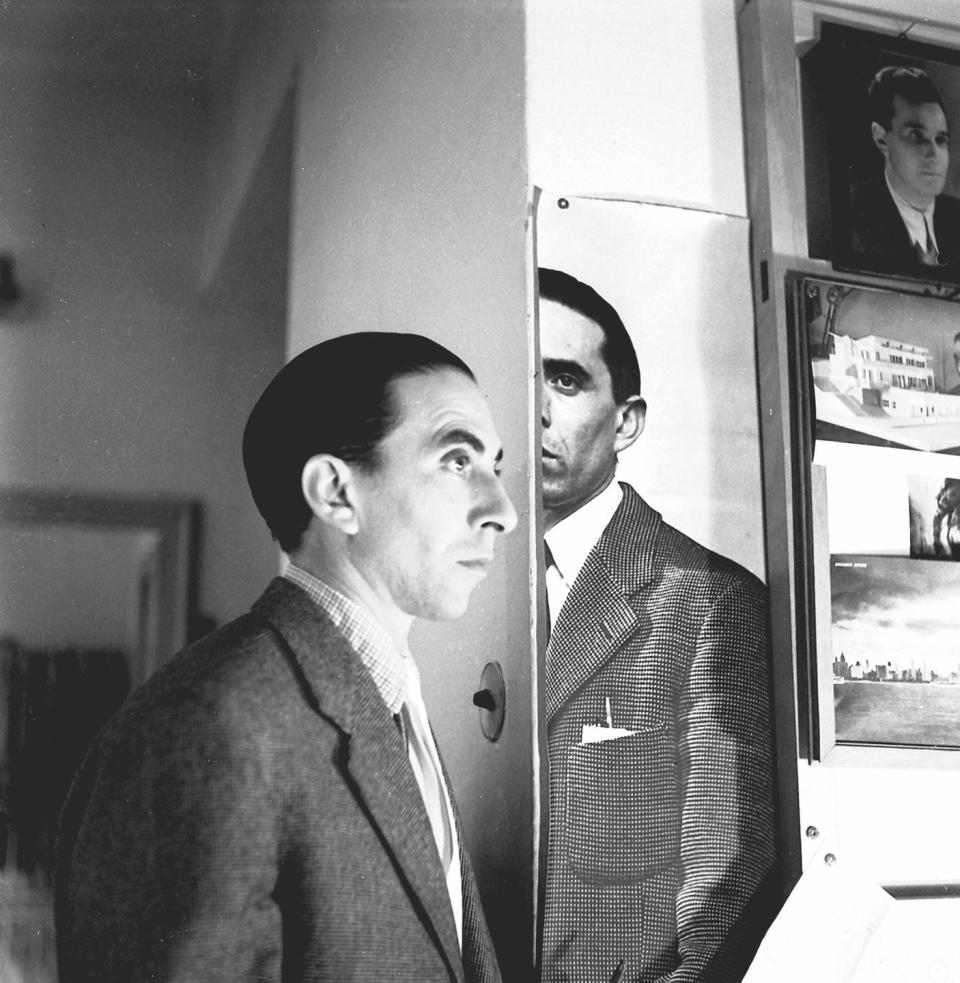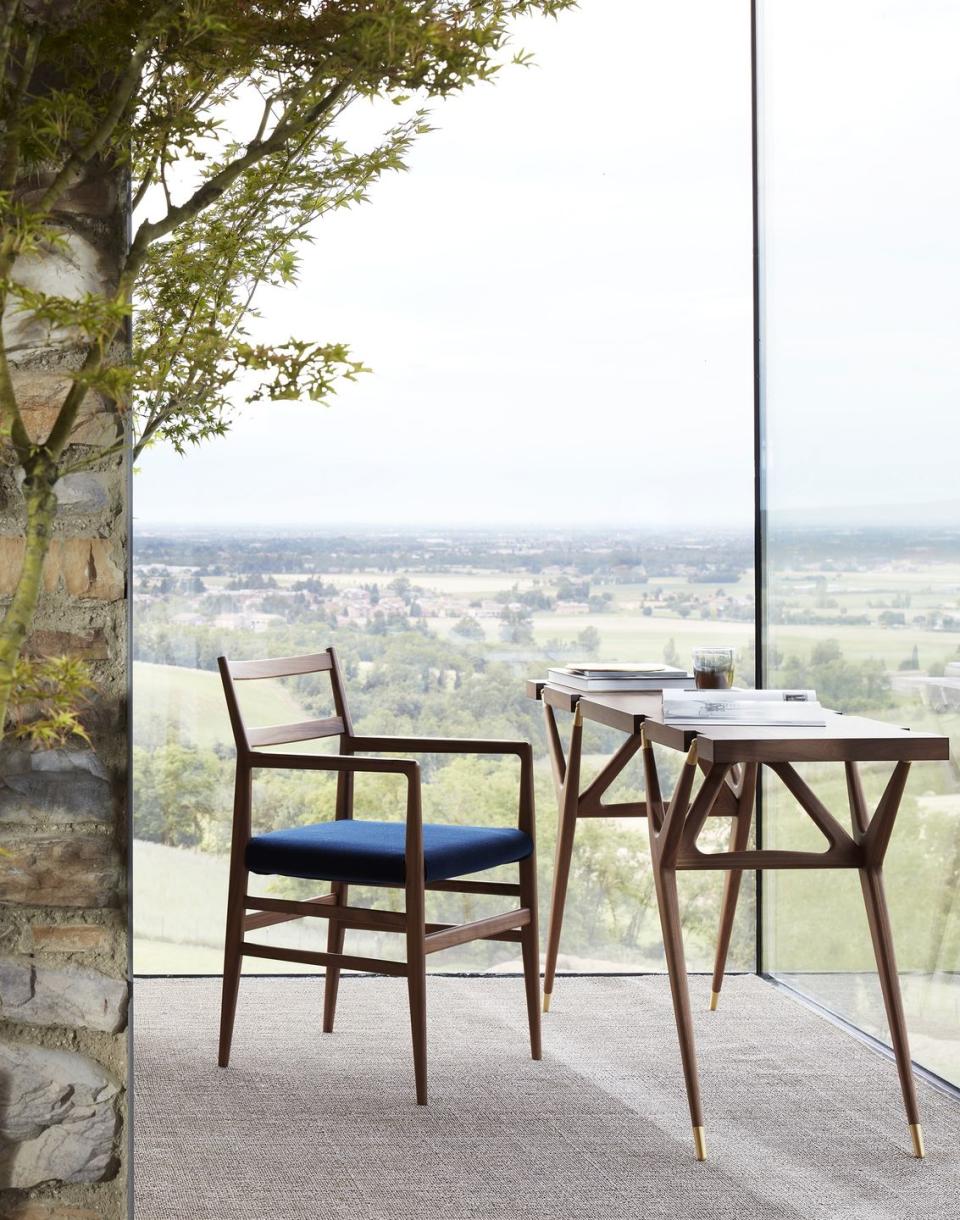Why Italian modernist Ico Parisi is a design hero

‘My dear, you are a master, and all that is left for me is to retire and live in Civate in oblivion,’ Gio Ponti wrote to Ico Parisi (1916-1996) after admiring one of Parisi’s chair designs. Ponti’s esteem for his friend was boundless, although the latter has since remained in the great architect’s shadow. With a reissue of three Parisi designs, however, Cassina is reawakening interest in this playful modernist master.
Domenico Parisi, nicknamed Ico, was born in Palermo but moved to Como at a young age. In 1936, he was apprenticed to the rationalist architect Giuseppe Terragni. One of his first projects has, in a sense, not aged well: he was tasked with documenting Terragni’s Casa del Fascio, the Fascist Party HQ in Como, for a magazine feature.

Unsavoury political connotations aside, Parisi’s encounter with this building marked the beginning of his signature work. Refusing to be pigeonholed, he loved to explore different disciplines, from furniture to painting, architecture and installation art.
In 1945, Parisi met his future wife, Luisa Aiani. In 1947, the couple established La Ruota, a studio that collaborated with notable figures, such as artist Lucio Fontana and designer Bruno Munari.
The Parisis developed a distinctive furniture aesthetic, combining playfulness with superb construction. The anthropomorphic ‘813 Uovo’ chair (1951) is a good example, its spindly legs bursting through a plump upholstered shell. A mahogany sideboard of 1955 fused jauntiness and strength: its slender front and back legs project from one point on the back of the unit, the front set stretching forwards as if about to march off.

Cassina’s reissued Parisi designs display the same wit and intelligence. The ‘Olimpino’ dining table (1955) is a tour de force of structural engineering, with metal supports that intersect at complex angles. Likewise, the ‘PA’ console (1947) demands to be studied from all sides. Its Y-shaped legs taper to brass tips and are fixed to the tabletop on delicate notches. Finally, the ‘875’ armchair (1960) is a square shape elevated by steel supports, which cut into the base to add visual lightness.
La Ruota continued to operate until 1995 and, as time progressed, Parisi became more experimental. In 1968, he collaborated with sculptor Francesco Somaini on ‘Contenitori Umani’ (‘human containers’), a series of foam blocks containing cutouts in the shape of bodies; you could climb inside them to relax.
By 1976, this had been expanded into ‘Operazione Arcevia’, a complete utopian community. A world filled with Parisi masterpieces? Sign us up. cassina.com

 Yahoo Finance
Yahoo Finance 